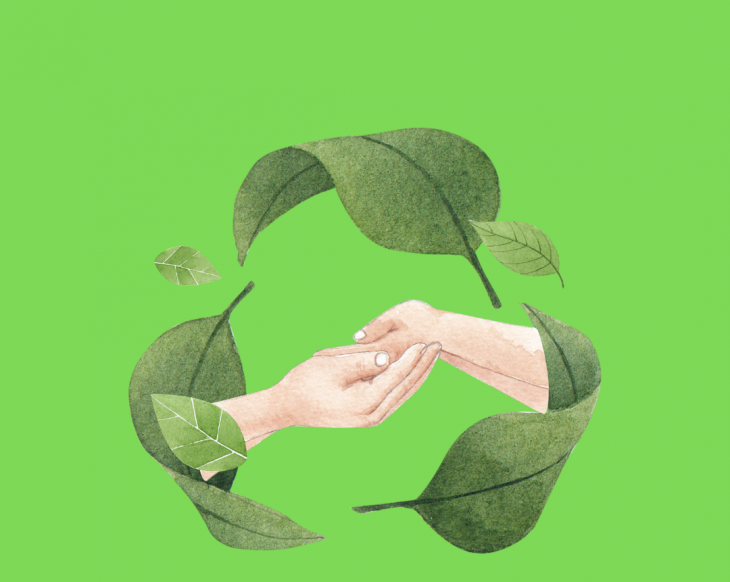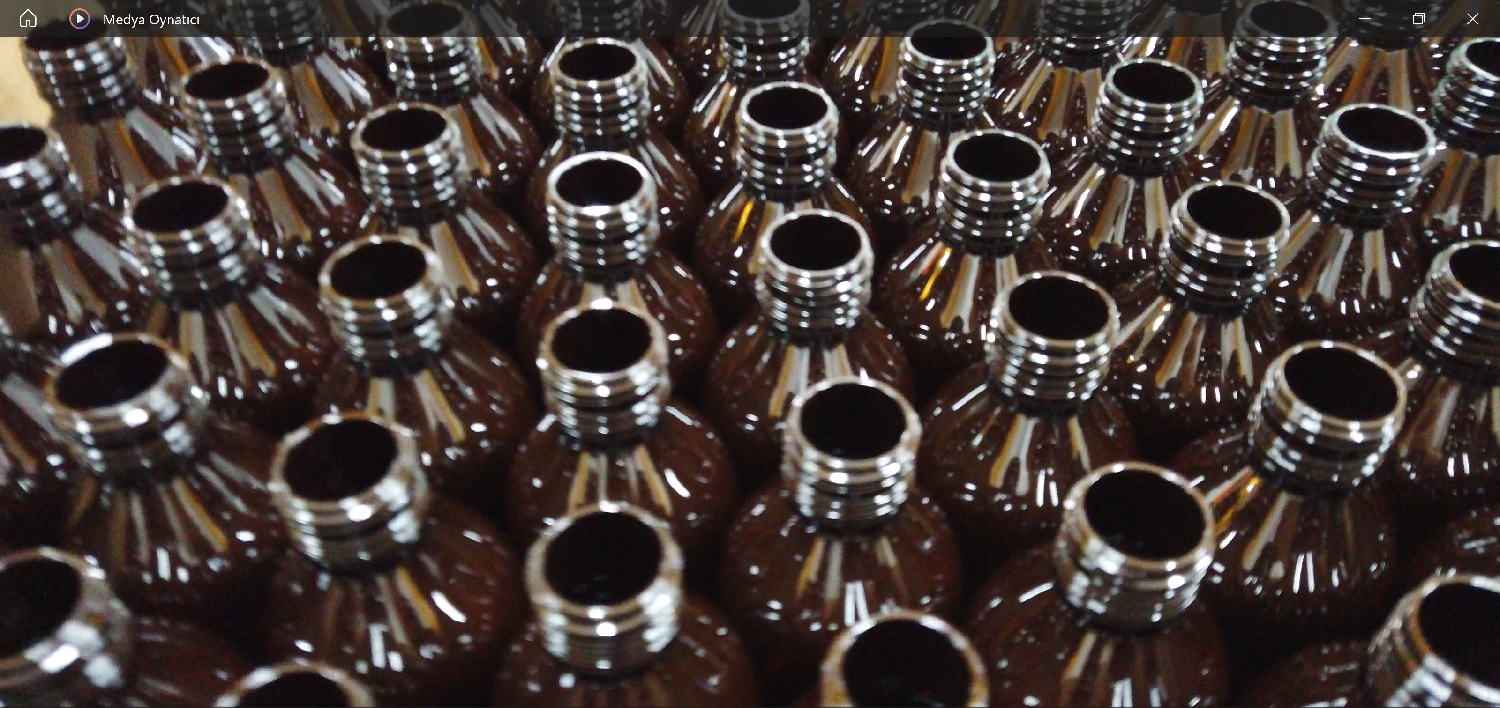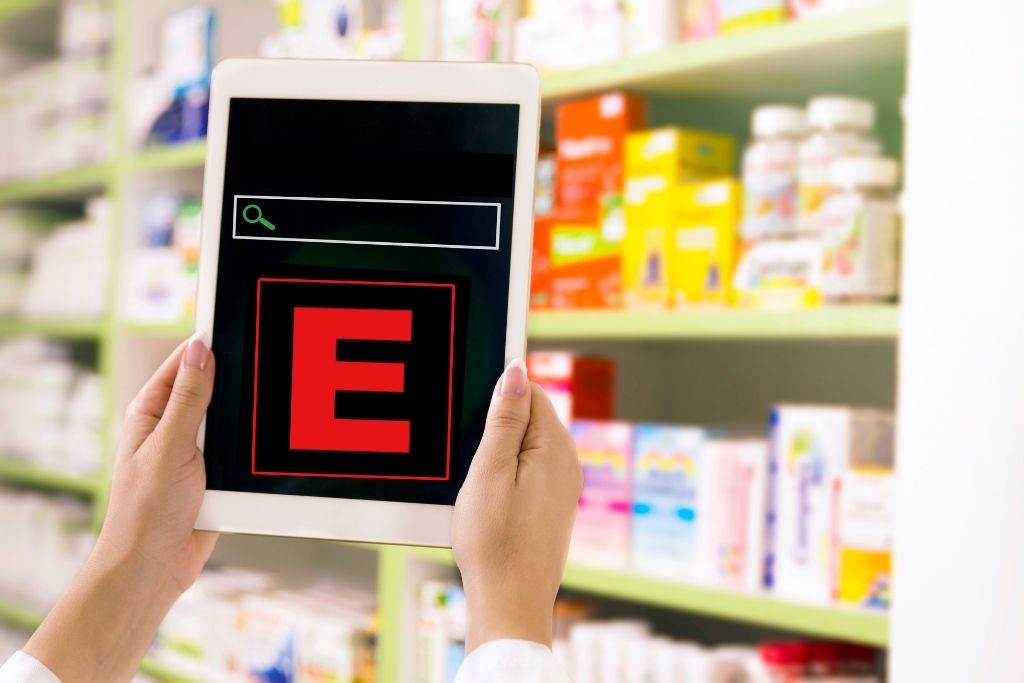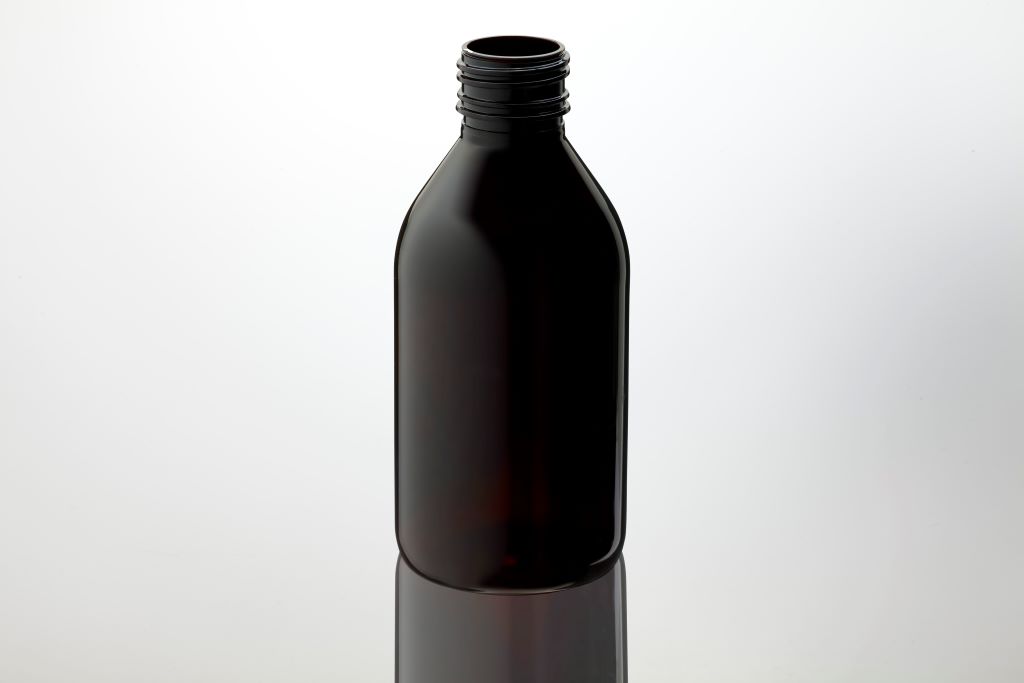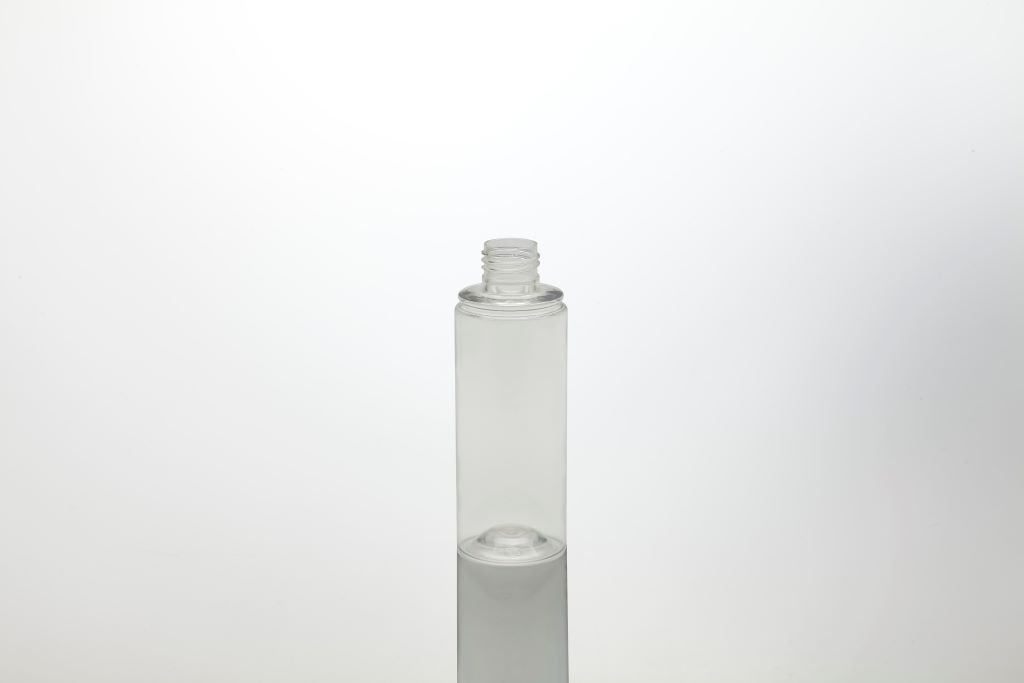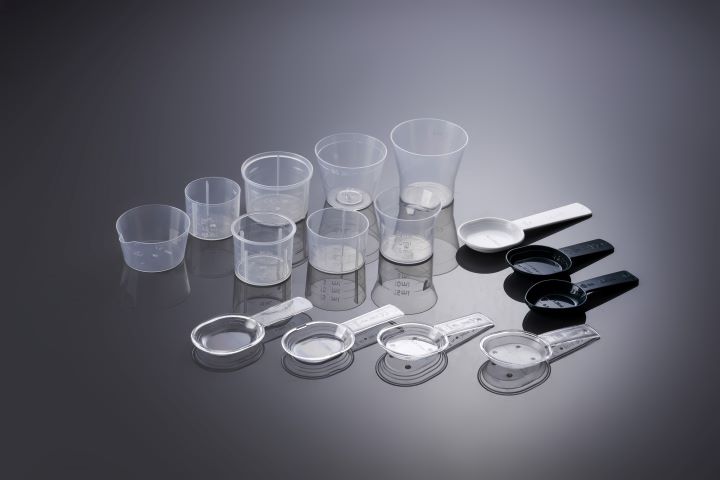EU’s New Packaging and Packaging Waste Regulation (2025/40) Enters into Force
The European Union (EU) has taken another major step toward sustainable packaging and waste management. Adopted on 22 January 2025, the Packaging and Packaging Waste Regulation (EU) 2025/40 aims to promote environmental sustainability, reduce packaging waste, and standardize recycling practices across all Member States.
This new regulation replaces the long-standing Directive 94/62/EC and officially entered into force on 11 February 2025. Its provisions will become binding as of 12 August 2026, while Decision 97/129/EC will be repealed on 12 August 2028.
Purpose and Scope of the Regulation
The new regulation establishes a comprehensive framework that promotes environmentally responsible practices throughout the entire lifecycle of packaging — from design and production to disposal and recycling.
Key objectives include:
• Reducing overall packaging waste,
• Increasing the use of recycled materials,
• Harmonizing labeling standards across the EU, and
• Strengthening chemical safety requirements for packaging materials.
In addition, the regulation expands existing heavy metal restrictions and introduces new limitations for PFAS (per- and polyfluoroalkyl substances), which are recognized for their potential risks to human health and the environment.
Recycling and Use of Recycled Materials in Packaging
The regulation requires that all packaging placed on the EU market be designed for recyclability and compatible with recycling infrastructure.
• Minimum recycled content targets have been set for different types of plastic packaging. These targets will gradually increase starting in 2030, with the goal of ensuring that by 2040, at least 65% of plastic packaging is produced from recycled materials.
• Manufacturers and importers must minimize packaging weight and volume, avoiding excessive use of materials. The maximum empty space ratio is set at 50%.
• To support effective waste sorting, a clear and harmonized labeling system will become mandatory. Labels must specify the material composition, recycling instructions, and may include a QR code providing digital information.
• Producers must maintain documentation demonstrating compliance with recyclability and labeling requirements in line with EU standards.
Restrictions on Hazardous Substances in Packaging
The new regulation upholds existing limitations on heavy metals while adding stricter controls for other harmful substances:
• The total concentration of lead, cadmium, mercury, and hexavalent chromium in packaging or its components must not exceed 100 mg/kg.
• From 12 August 2026, food-contact packaging containing PFAS above the specified limits will no longer be permitted on the EU market.
These restrictions are designed to protect consumer health and prevent environmental contamination caused by hazardous chemicals.
Conformity and Compliance Assessment
The regulation also introduces new compliance obligations for manufacturers and importers:
• Producers must issue a Declaration of Conformity confirming that their packaging meets all applicable requirements.
• Packaging that complies with harmonized EU standards will be presumed to conform with the regulation.
• Accredited conformity assessment bodies will oversee verification, testing, certification, and periodic audits to ensure ongoing compliance.
Conclusion: A New Era for Sustainable Packaging in Europe
The EU Packaging and Packaging Waste Regulation (2025/40) marks one of the most comprehensive efforts to transform the European packaging industry toward sustainability and circularity.
The regulation imposes new responsibilities on manufacturers, importers, and retailers, encouraging a shift toward resource efficiency, recycling, and environmental accountability.
Beyond the EU borders, the regulation will also impact non-EU producers and exporters who place products on the EU market, making sustainable packaging design a global priority.


